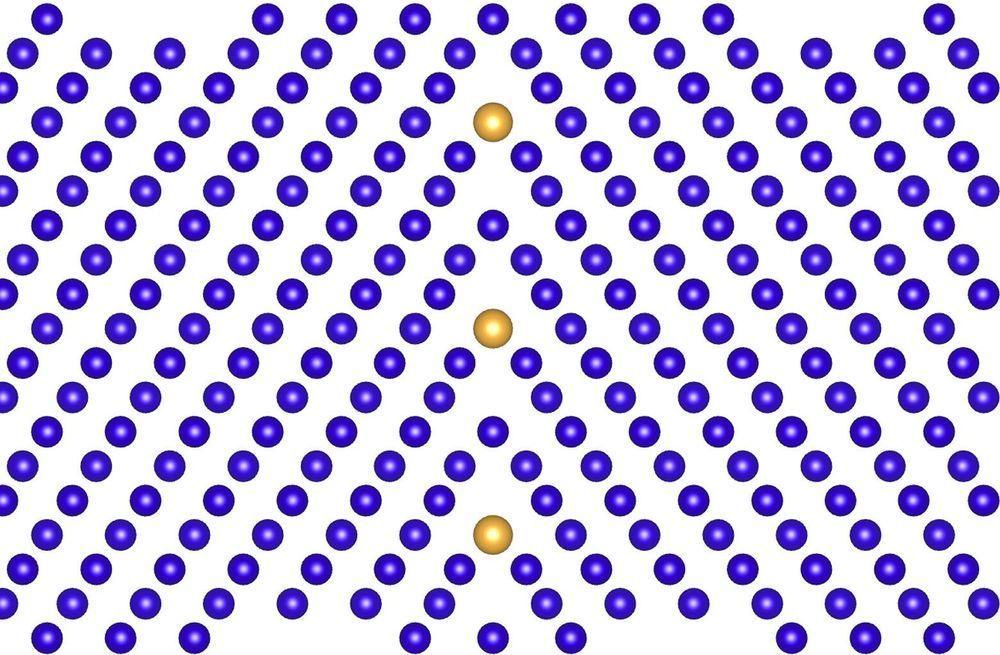A new way to calculate the interaction between a metal and its alloying material could speed the hunt for a new material that combines the hardness of ceramic with the resilience of metal.
The discovery, made by engineers at the University of Michigan, identifies two aspects of this interaction that can accurately predict how a particular alloy will behave—and with fewer demanding, from-scratch quantum mechanical calculations.
“Our findings may enable the use of machine learning algorithms for alloy design, potentially accelerating the search for better alloys that could be used in turbine engines and nuclear reactors,” said Liang Qi, assistant professor of materials science and engineering who led the research.
